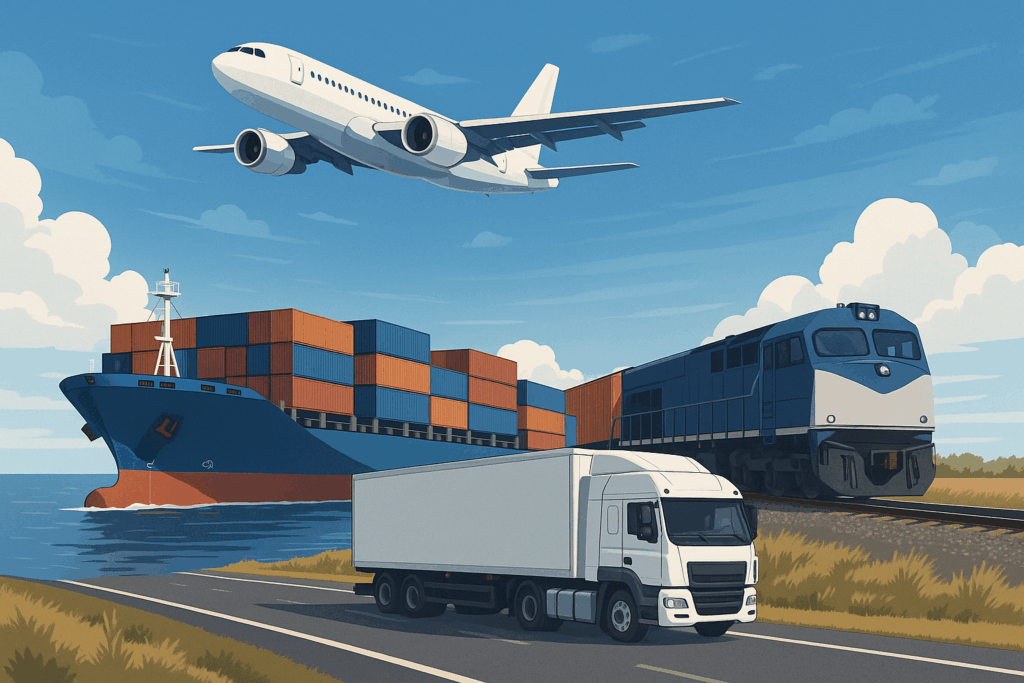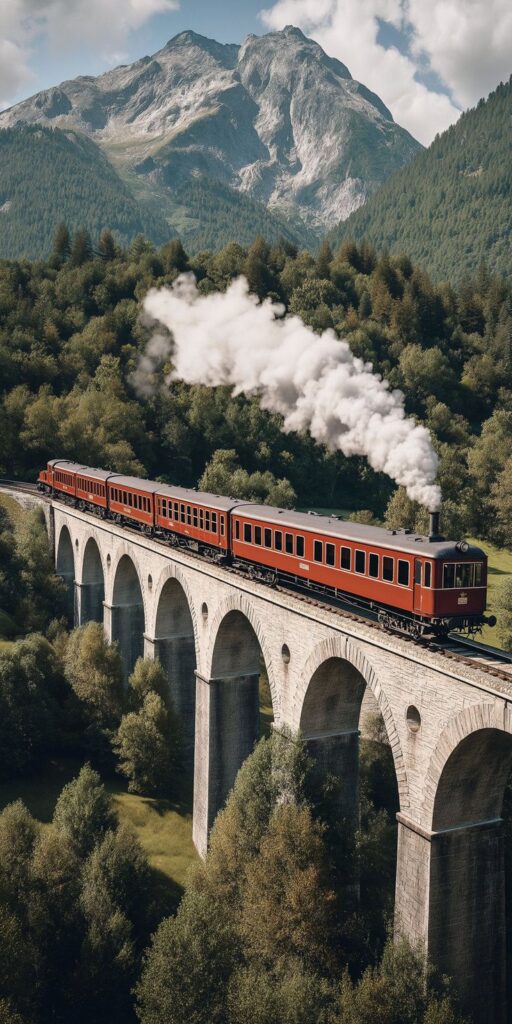The map of world shipping routes illustrates the interconnected maritime, air, and rail freight pathways that move goods across the globe. These routes are the backbone of international trade, carrying billions of tons of goods annually and linking continents in a network of economic exchange.
1. What Is a Map of World Shipping Routes?
A map of world shipping routes is a visual guide to global freight corridors, including:
- Sea routes – Main ocean trade lanes and ports.
- Air freight corridors – High-speed air cargo connections.
- Rail freight lines – Transcontinental train routes linking inland cities to ports.
It identifies critical locations such as:
- Suez Canal – Key link between Europe and Asia.
- Panama Canal – Bridge between Atlantic and Pacific.
- Eurasian rail corridors – China–Europe rail freight routes.
2. Why Are World Shipping Routes Important?
These routes enable:
- Efficient trade – Ensuring goods reach markets quickly.
- Multi-modal transport – Combining sea, air, and rail for flexibility.
- Strategic supply chains – Supporting manufacturing, retail, and energy sectors.
3. Major Global Shipping Lanes (Sea, Air, Rail)
| Route Type | Example Route | Key Connection | Main Cargo Types |
|---|---|---|---|
| Sea | Asia–Europe via Suez Canal | China/Singapore to Europe | Consumer goods, electronics, machinery |
| Air | Hong Kong–Los Angeles | Asia to North America | High-value electronics, fashion, pharmaceuticals |
| Rail | China–Germany via Trans-Eurasian Railway | Inland China to Europe | Automotive parts, machinery, e-commerce goods |

4. Sea Freight Routes
Sea routes remain dominant for heavy and bulk cargo. The map of world shipping routes shows:
- Trans-Pacific – Connecting East Asia with North America.
- Asia–Middle East – Oil and LNG transport via Strait of Malacca.
- Trans-Atlantic – Europe–North America general cargo lane.
5. Air Freight Corridors
Air freight routes, although costly, are critical for urgent and high-value goods:
- Europe–Asia air bridge – London, Frankfurt, and Paris to Hong Kong, Shanghai, and Singapore.
- North America–Asia express – Los Angeles and Chicago to Tokyo, Seoul, and Beijing.
Benefits:
- Short transit times (1–3 days).
- High security for valuable cargo.
6. Rail Freight Routes
Rail freight offers a balance between cost and speed, particularly between Europe and Asia:
- China–Europe Railway – Runs via Kazakhstan, Russia, and Poland.
- Trans-Siberian Railway – Links Far East ports to Europe.
Advantages:
- Lower cost than air freight.
- Faster than sea freight for inland delivery.

7. Factors Influencing Route Selection
- Cargo type – Heavy cargo prefers sea, urgent shipments go by air, balanced needs use rail.
- Weather – Storms and snow can affect all modes differently.
- Port and airport congestion – May shift choice between modes.
8. Trends in World Shipping Routes
- Integrated logistics – Sea–air–rail intermodal solutions.
- Green corridors – Low-emission shipping initiatives.
- Digital mapping – AI-based route optimization for all transport modes.
9.Conclusion
The map of world shipping routes is more than a visual chart—it is the blueprint of global trade. By understanding sea, air, and rail freight lanes, businesses can choose the most efficient and cost-effective paths for their shipments. Whether it’s the long-established maritime lanes, high-speed air corridors, or transcontinental rail networks, each route plays a vital role in connecting markets. For shippers and logistics planners, knowing these routes means gaining a competitive edge in speed, cost control, and supply chain resilience.
- Consult TJ China Freight Forwarding for the lowest quote. They will provide you with reliable, cost-effective service.
FAQ:
Q1.Which is faster for long-distance trade, air or rail?
Air freight is fastest, but rail is more cost-effective for moderately urgent shipments.
Q2.How does intermodal shipping work with these routes?
Goods may travel by rail to a port, then by sea to another continent, and finally by truck to the destination.
Q3.Are air freight routes shown on the same maps as sea routes?
Most maps focus on sea routes, but specialized logistics maps combine all transport modes.
Q4.Can rail freight compete with sea freight in terms of cost?
For inland destinations, rail can be more competitive, especially on the China–Europe corridor.
Q5.Which transport mode is best for fragile goods?
Air freight offers smoother handling and faster delivery, reducing the risk of damage.
